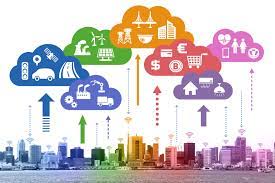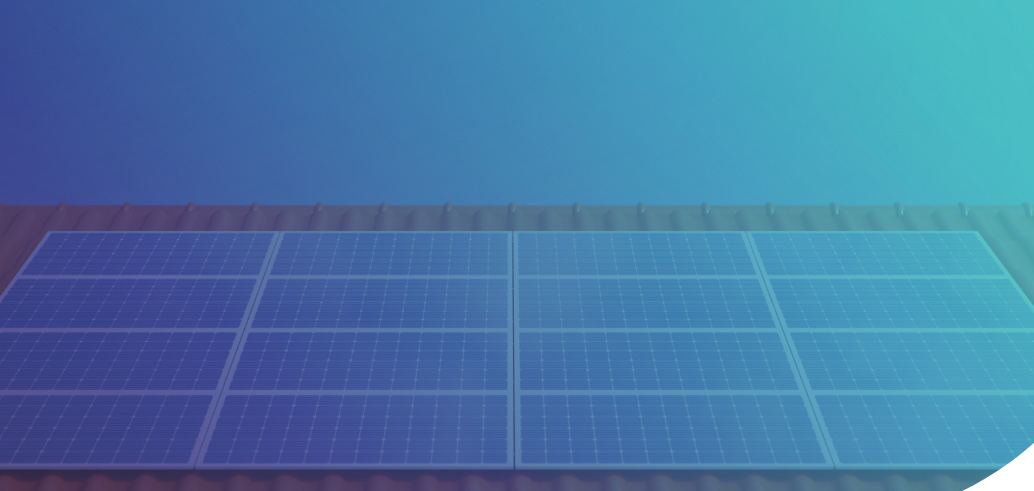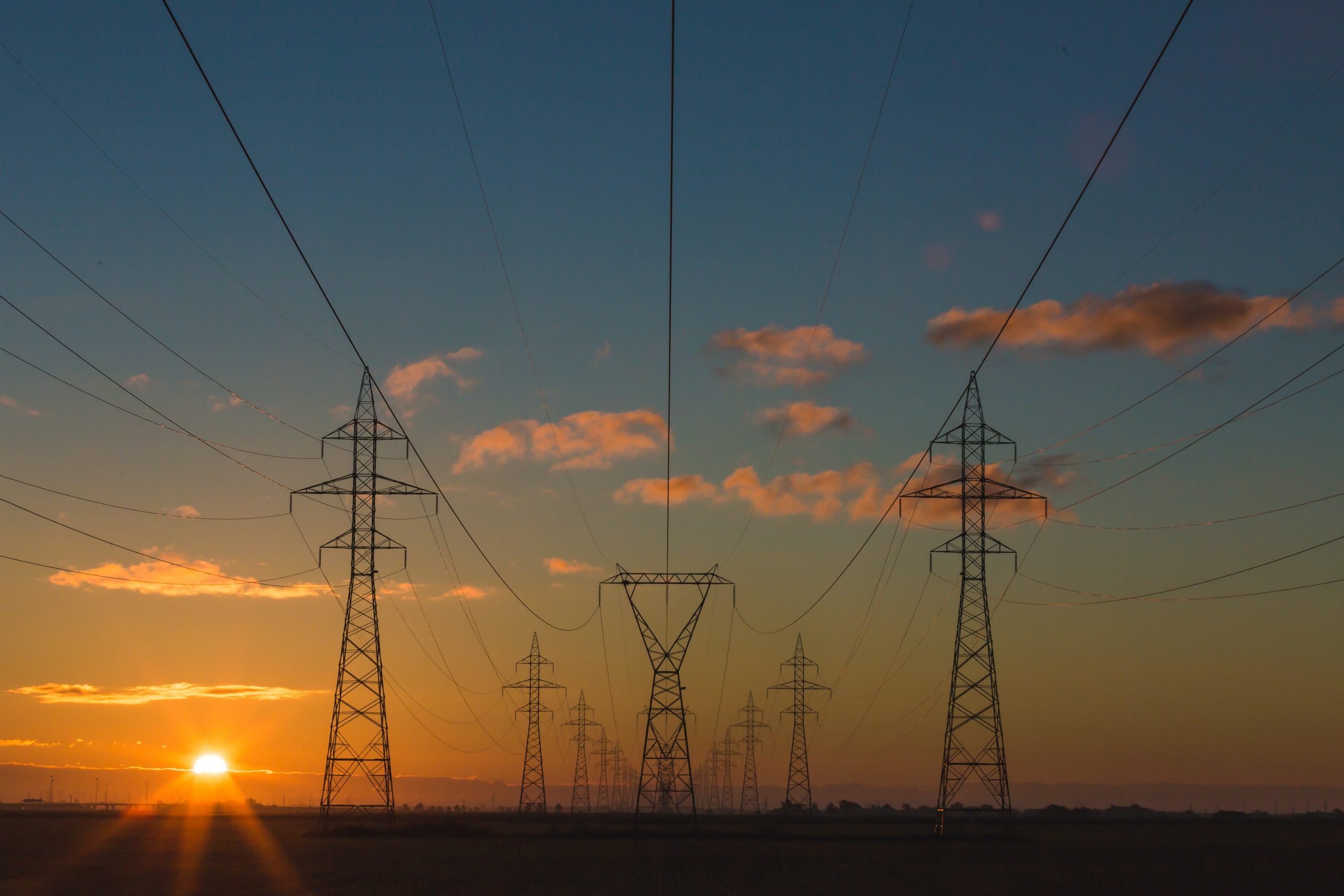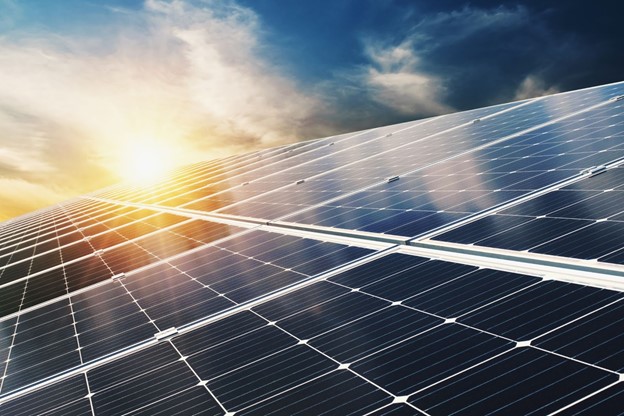Your Home. Your Life. Elevated.
How a Virtual Power Plant Creates Active Energy Demand Management for Utilities

Virtual power plants offer an opportunity to dramatically scale and maximize efficiency within energy demand management. As explained by Matthew Bandyk of Utility Dive, the largest hydropower plants in the U.S. cannot measure up to the collective energy generating and distribution potential of millions of rooftop solar panels. The reason for this is simple; there are only so many places where hydropower sites can operate, but the sun touches everything and everywhere. Of course, it’s always helpful to understand what the value and decentralized nature of solar energy distribution means for energy demand management and how virtual power plants can enable active energy demand management.
Why Traditional Power Plants Create Added Risk in Energy Management
Traditional power plants are highly centralized. In other words, the majority of energy generation takes place at primary locations that are built to scale and enable maximum generativity. However, the centralized nature of those sites also creates more risk within the industry. After all, a major storm or other adverse event could force that site to shut down, resulting in major declines within energy availability in the grid. However, virtual power plants are redefining the standards for large-scale energy generation, storage and distribution.
A Virtual Power Plant Enables Energy Generation and Distribution Scalability
Distributed energy resources include rooftop solar, on-site batteries and even wind energy, when connected to a turbine. Depending on the specific setup, the opportunities for generation are almost limitless. In addition, distributed energy can be connected via a virtual power plant to enable real-time energy demand management.
For instance, a distribution in one major facility would be catastrophic for smaller grids. However, solar generation sites on individual buildings or structures serve as independent players that can be brought online and distributed, providing great solar power benefits to the overall grid. During the day, that amounts to a massive way to share energy through the network, which promotes scalability. And similarly, storage within batteries provides the needed energy reserves that can see areas experiencing energy hardship or shortage through the demand.
Virtual Power Plants Further Decentralize Controls for Managing Energy Demand
Virtual power plants have also gotten a bit of a bad reputation. Utility companies could view them adversely, affecting and threatening their primary business models. However, there is evidence to suggest that utilities realize distributed energy resources and managing those resources with engaging, algorithm-driven rules could go a long way in preventing grid disruption. As such, virtual power plants can leverage any form of energy generation, including solar power, wind, geothermal, hydropower and more. It’s not the size of individual generation sites that counts in this case, unlike major hydropower centers. It’s the fact that small generation sites amount to massive energy opportunities when applied across great distances and countless locations.
Virtual power plants also provide a degree of reduced hassle in managing energy demand resources too. Since they operate autonomously outside of existing grids, they can power individual buildings, homes or businesses during peak generation. However, they still may require energy from local utilities when generation hits a low. Across the U.S., that amounts to an infinite volume of resources to tap and use for energy demand management.
For instance, a central authority for a given network could control energy consumption, redirect power to areas in need, avoid the hassle of bringing offline plants online and do it all without physically touching the site. While it sounds similar to traditional utility companies, it’s important to focus on the generation site—the distributed resource sites themselves and how to access and use that stored or unit that’s actively generating energy. That’s what a virtual power plant really means—controlling the energy resources and their distribution from afar.
Unlock the Value of New Energy Demand Resources by Partnering With Elevation
Energy management is not a new topic in today’s commercial and residential applications. Every company, resource and technology has been transformed or touched by smart energy management capabilities. And it makes sense that the next real wave of innovation will come from energy distribution and energy demand management through virtual power plants. Learn more about the value of virtual power plants for managing energy demand by visiting Elevation today.






